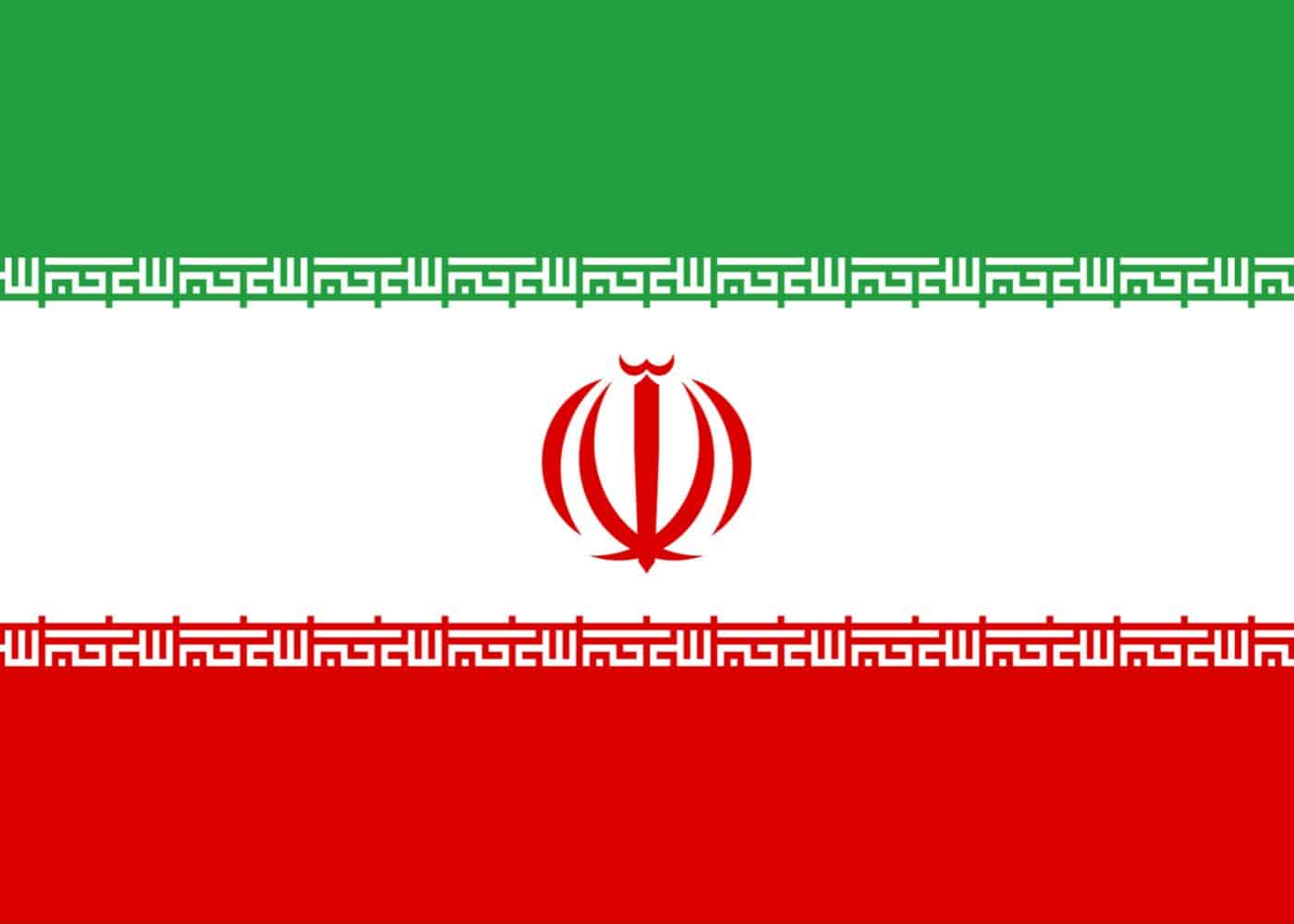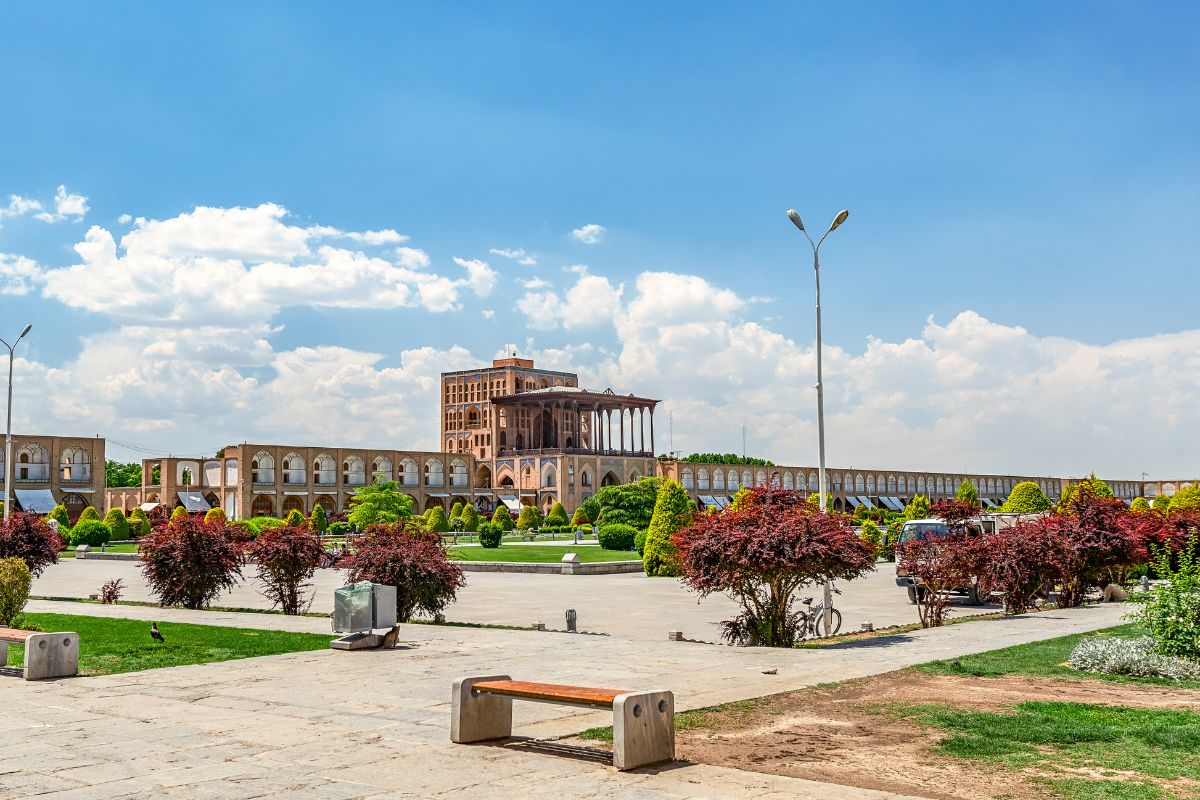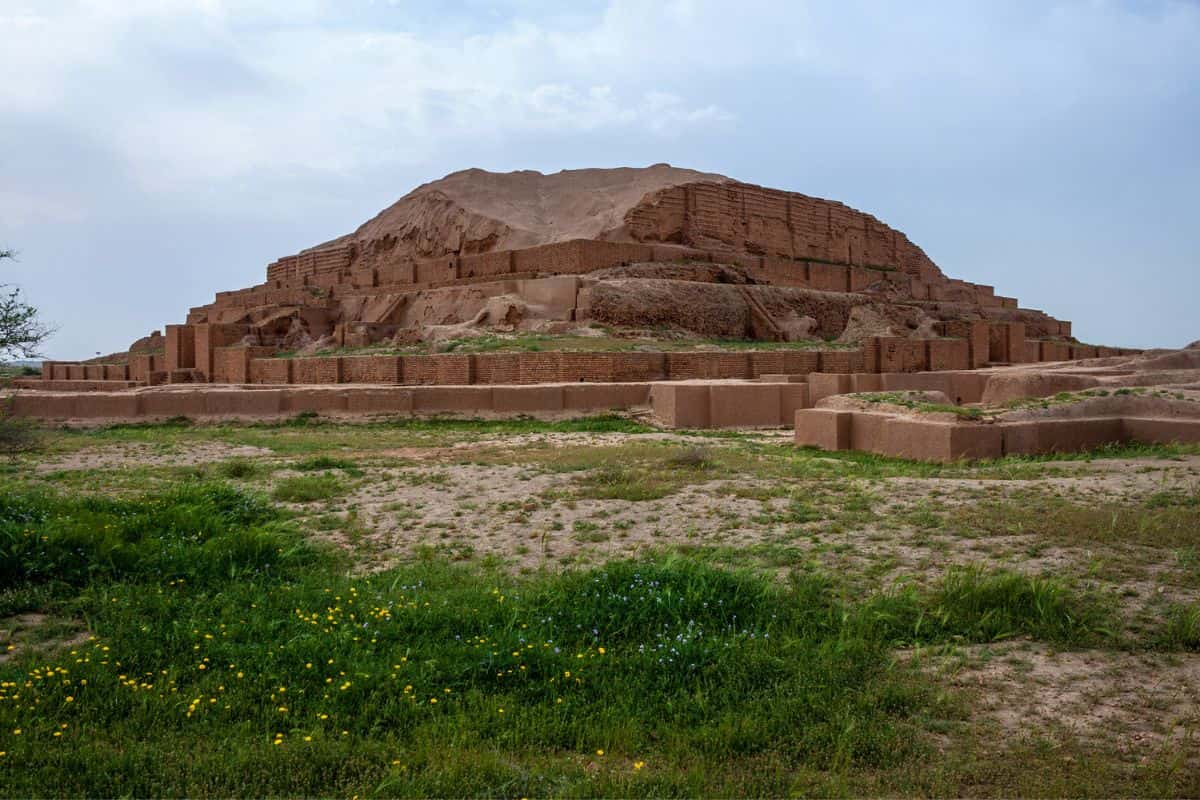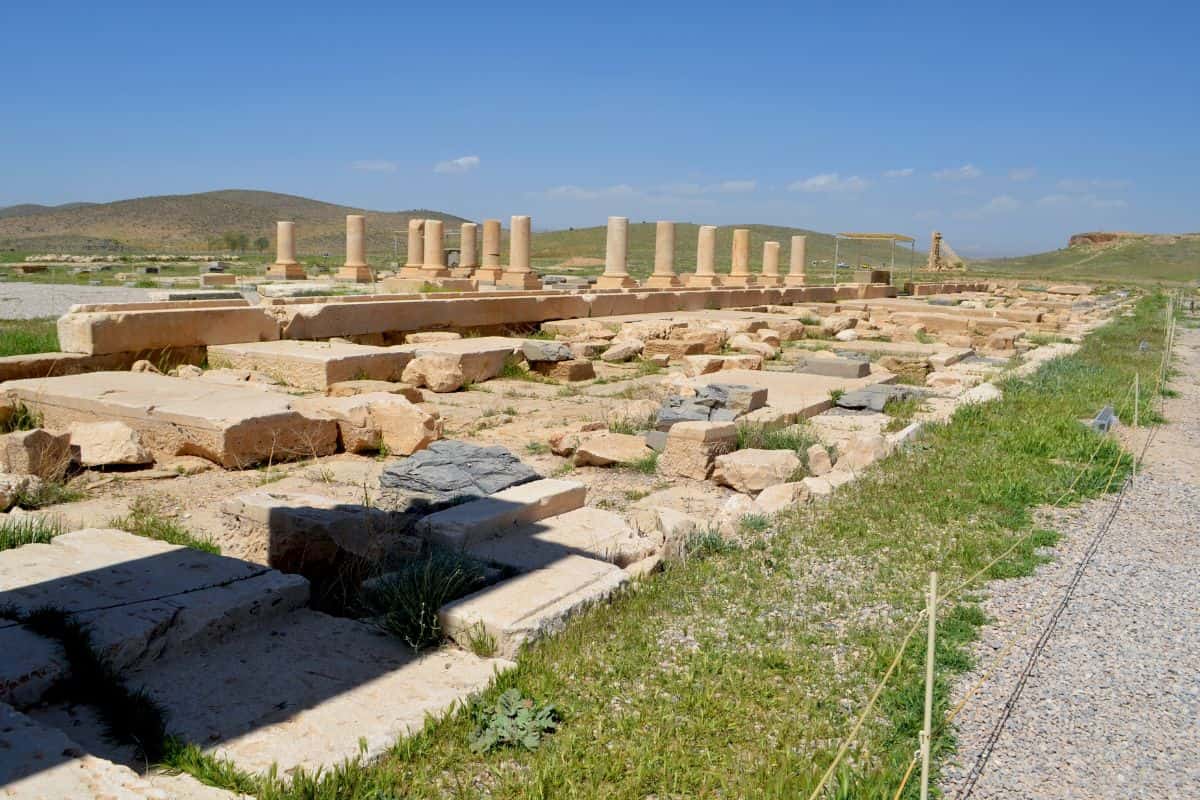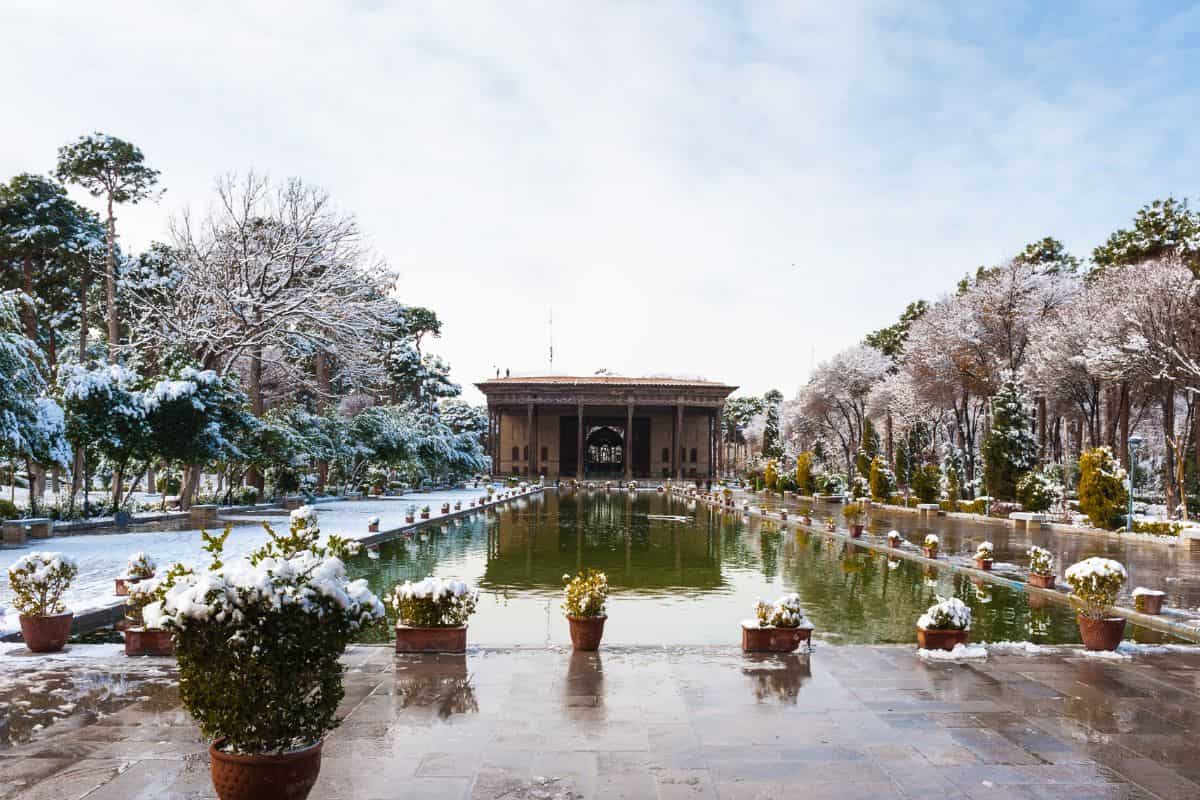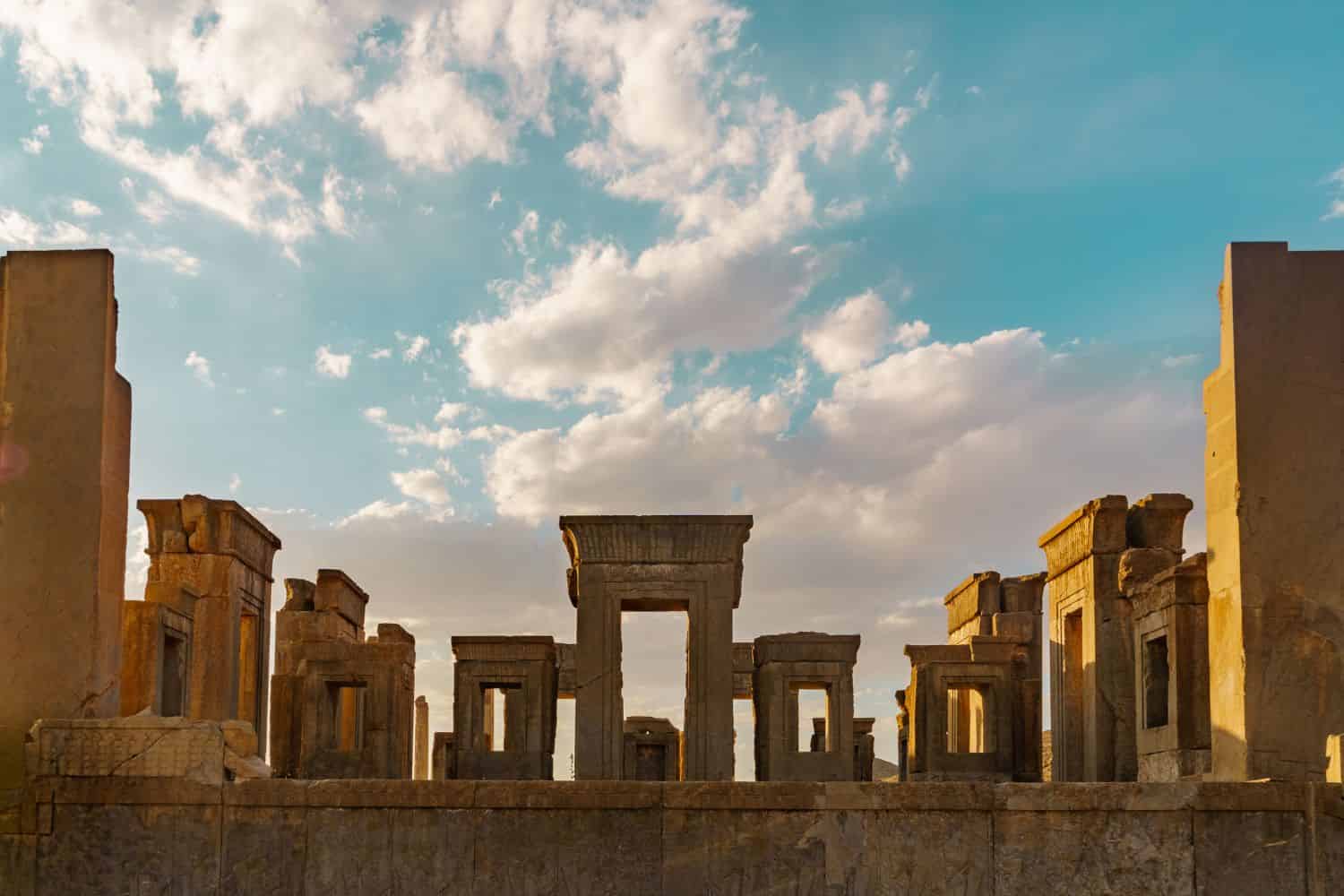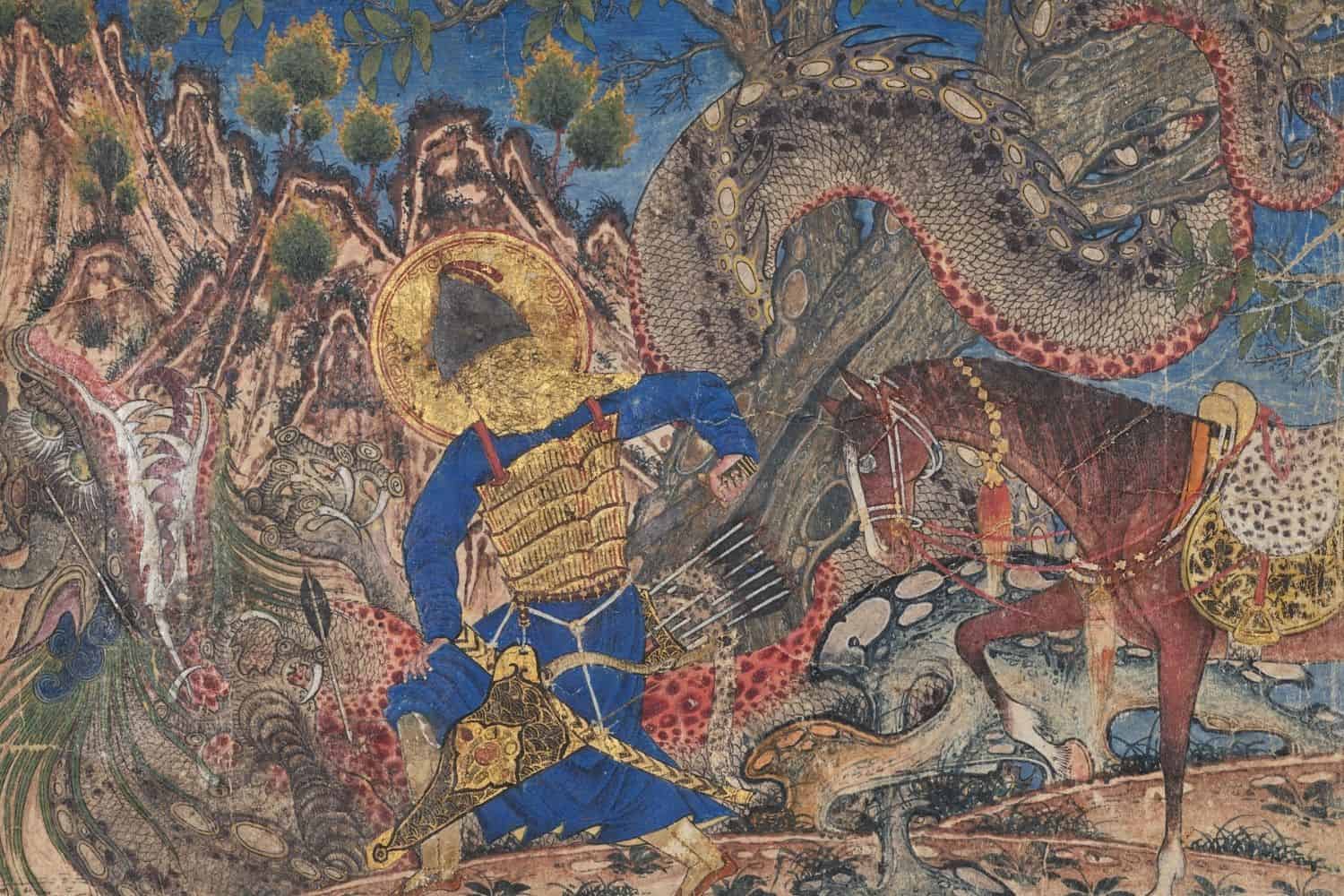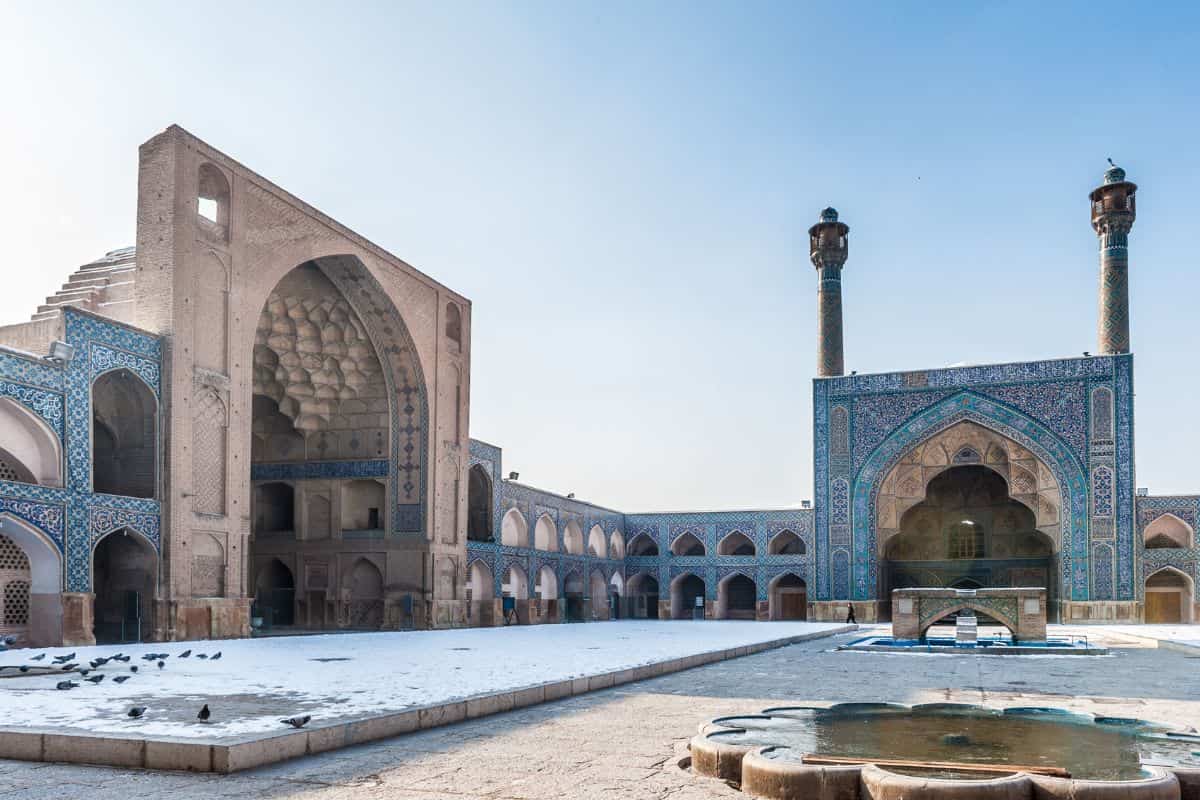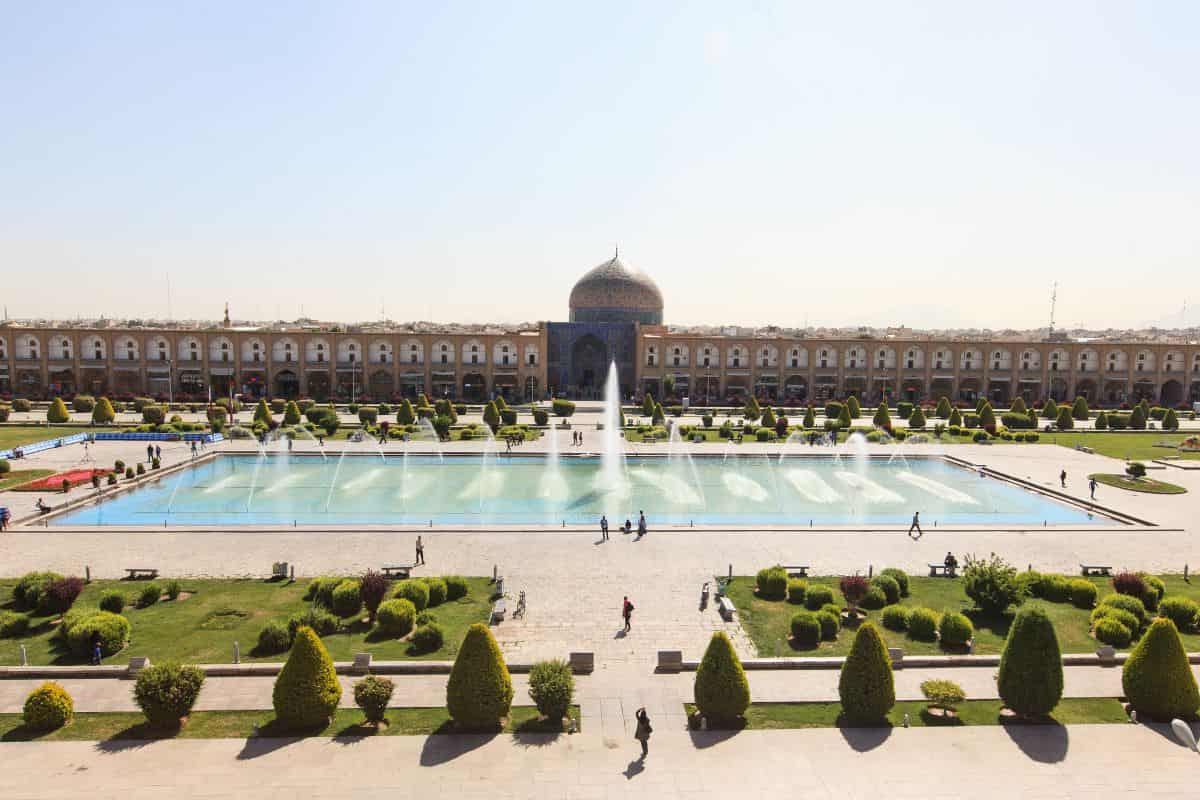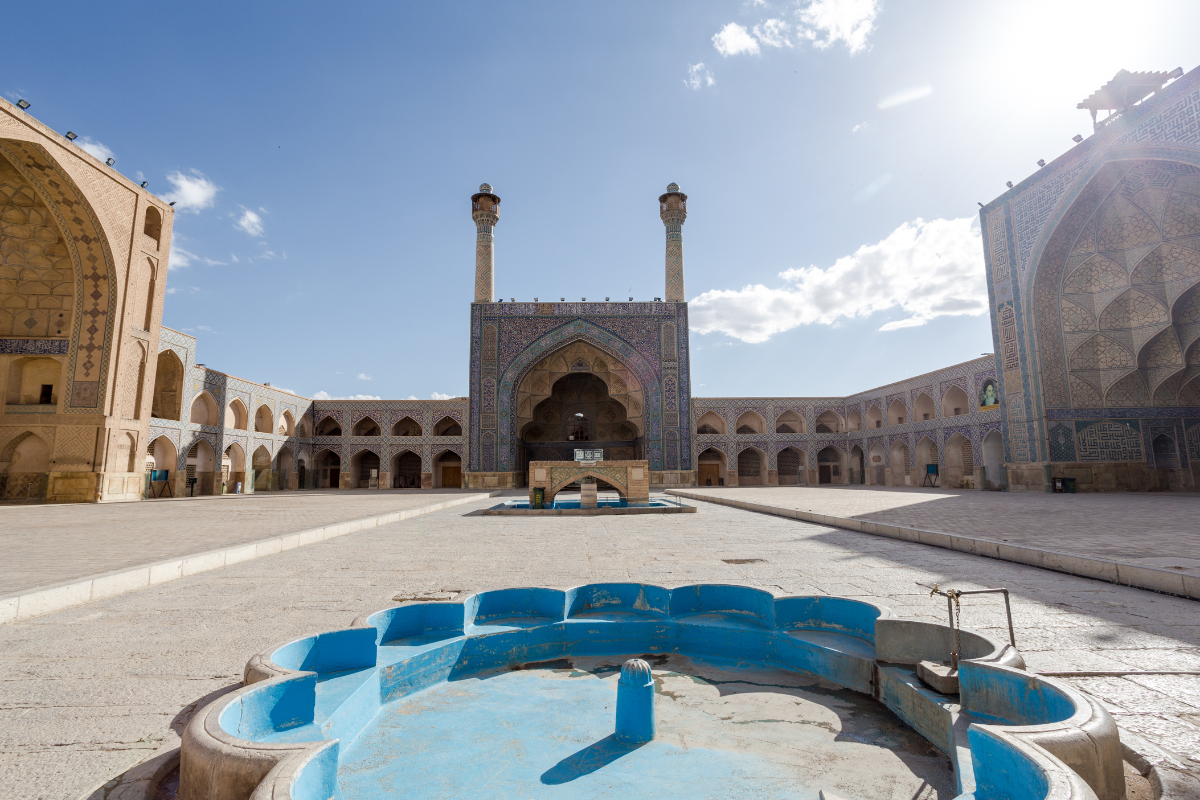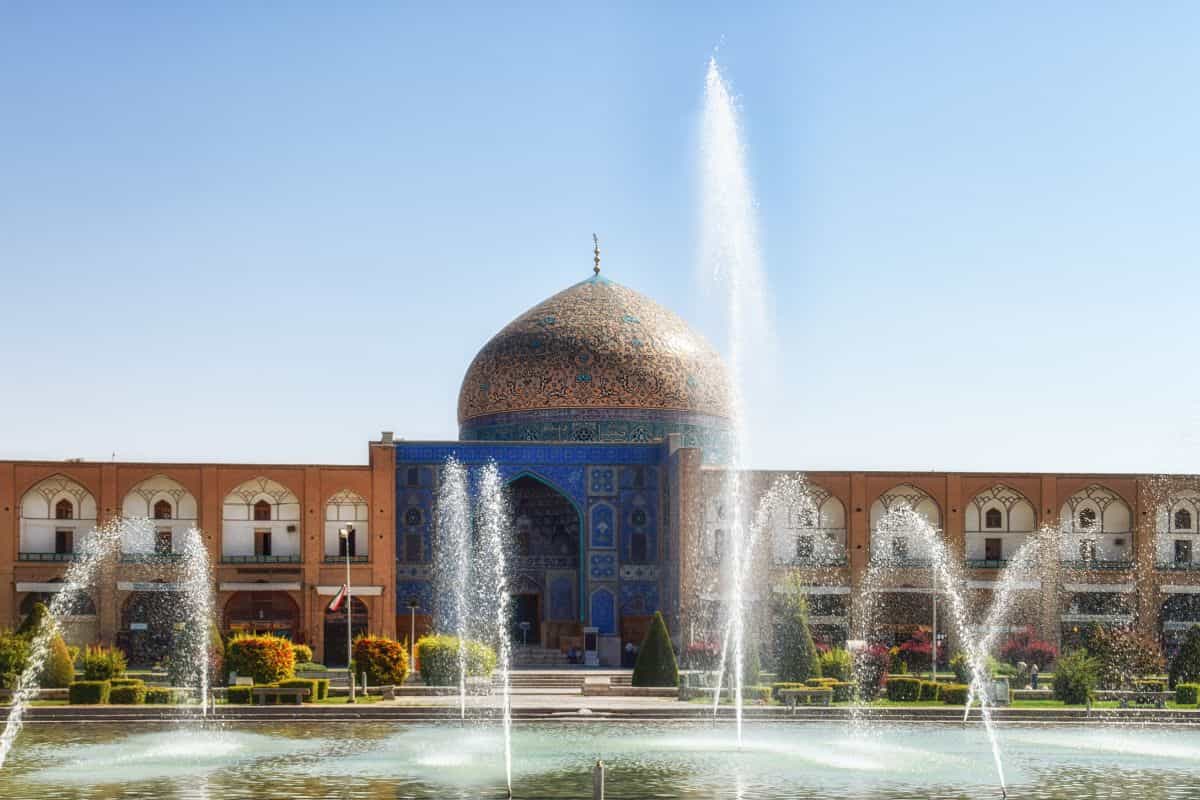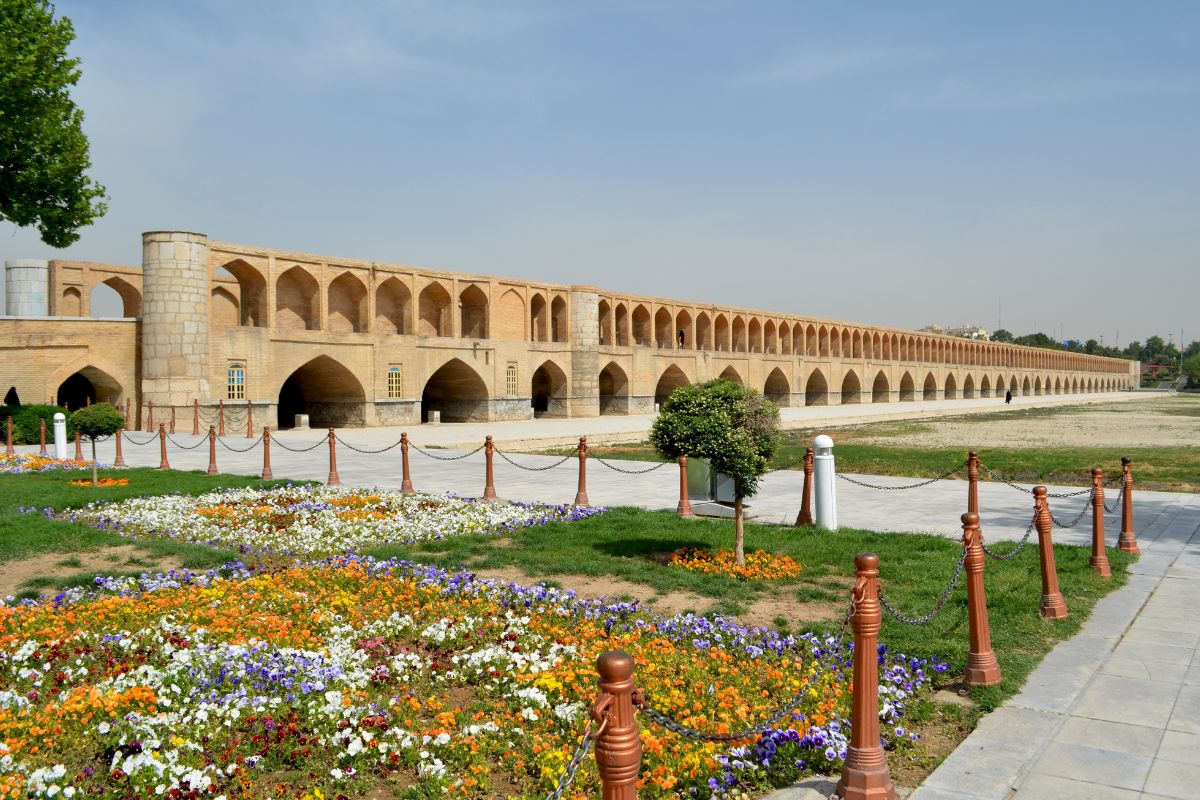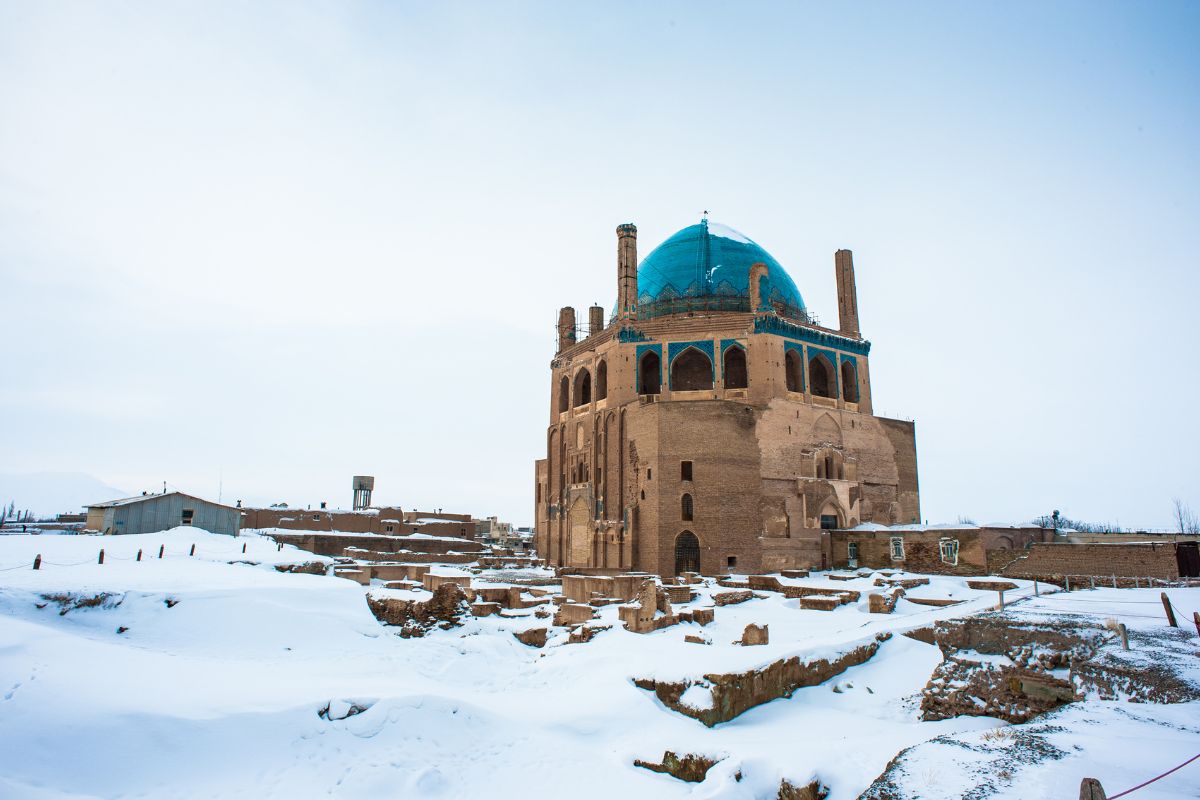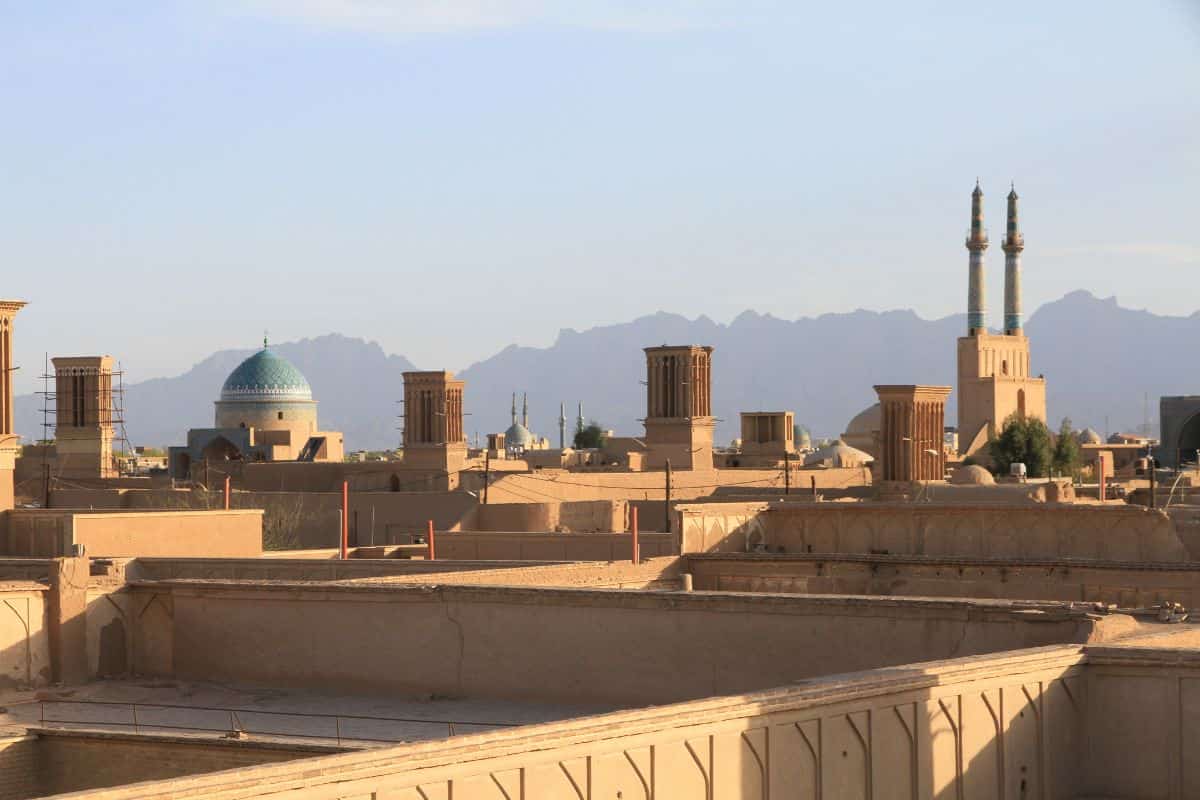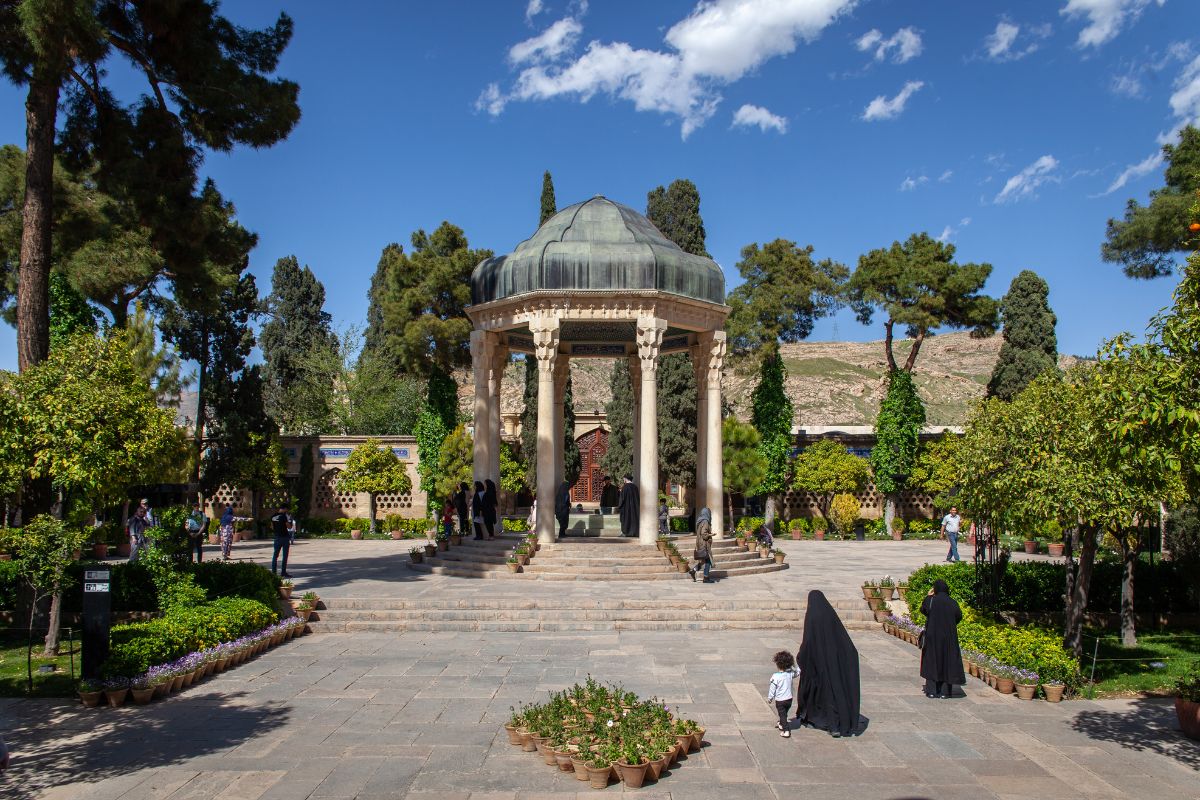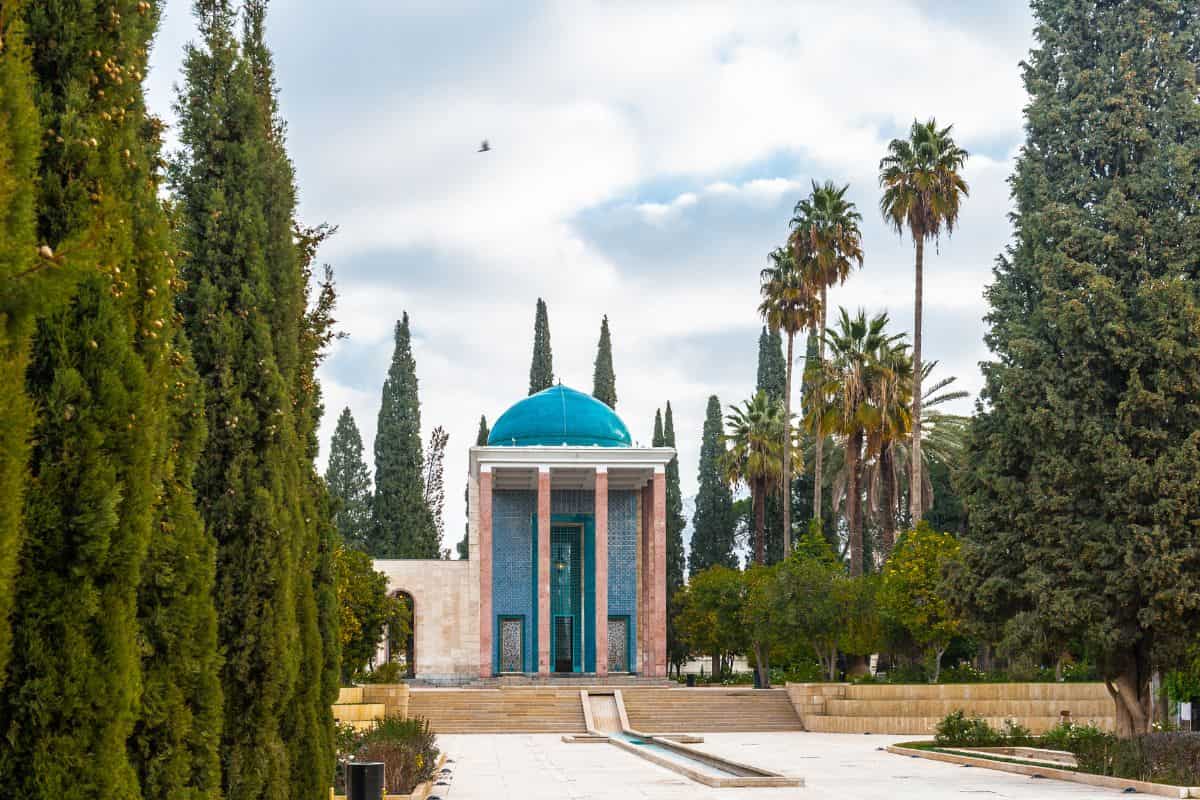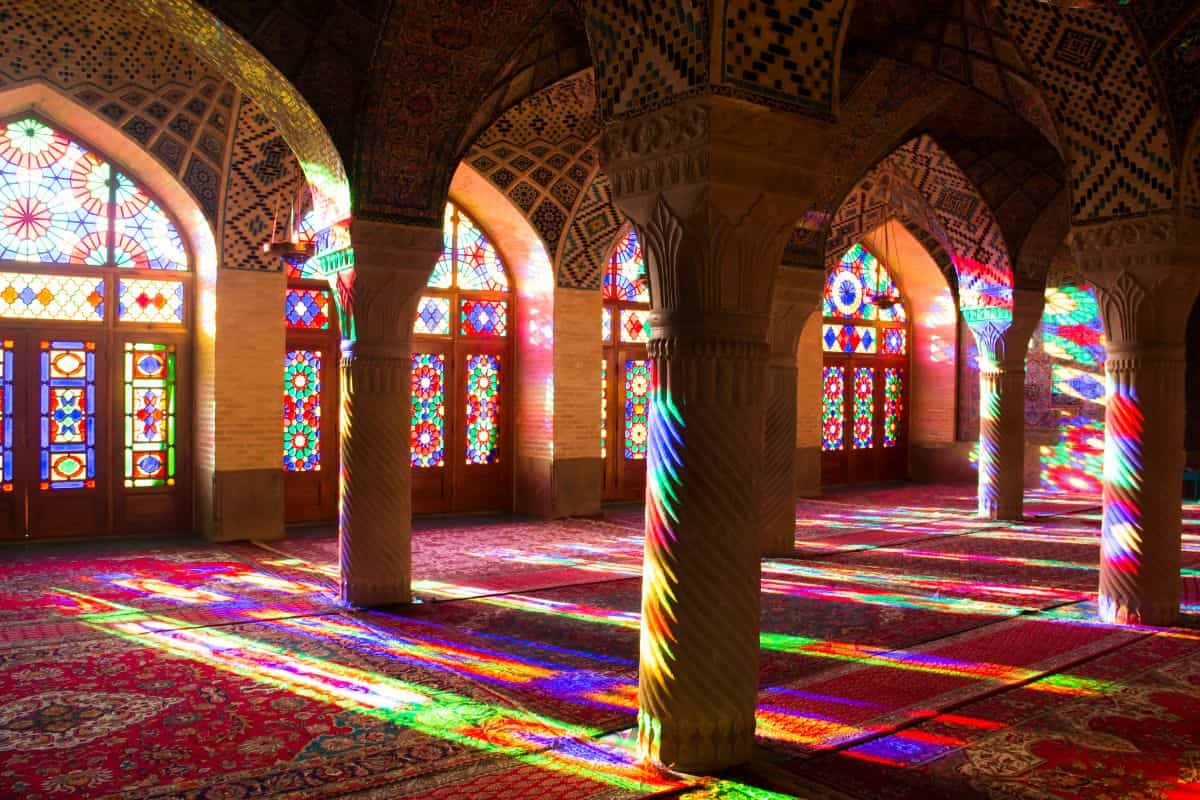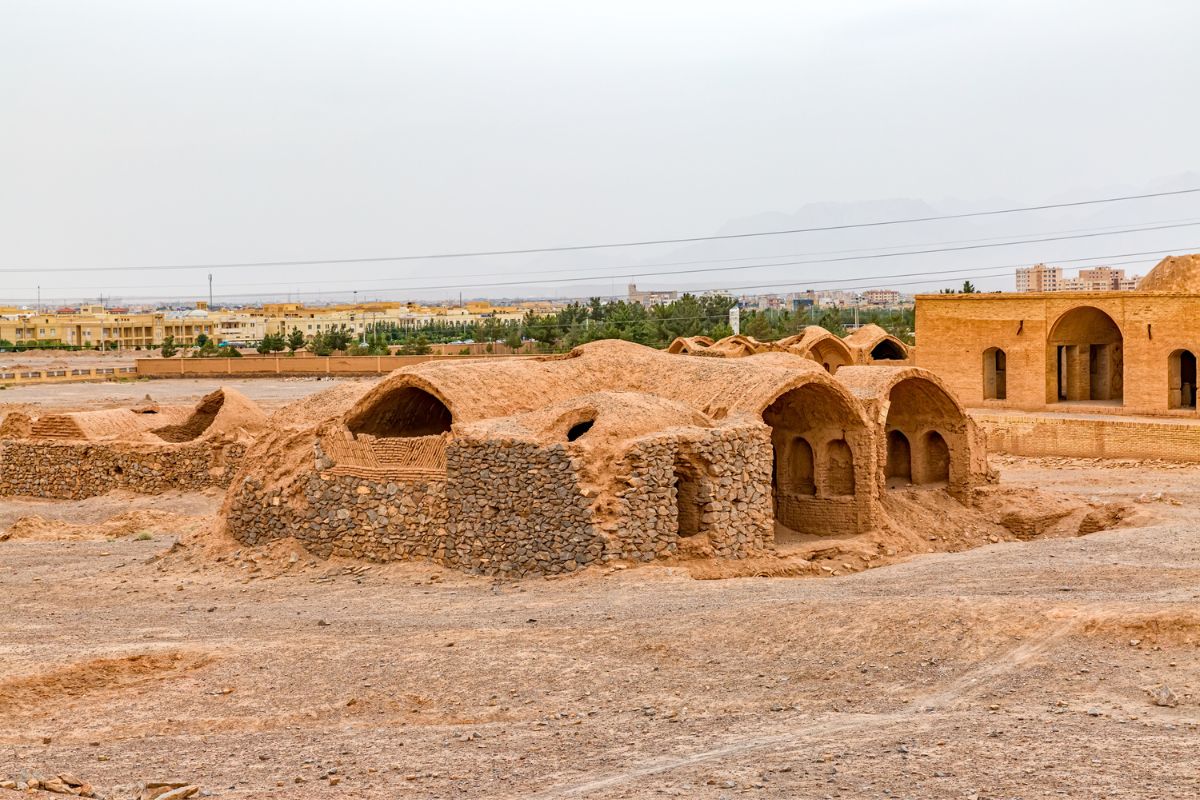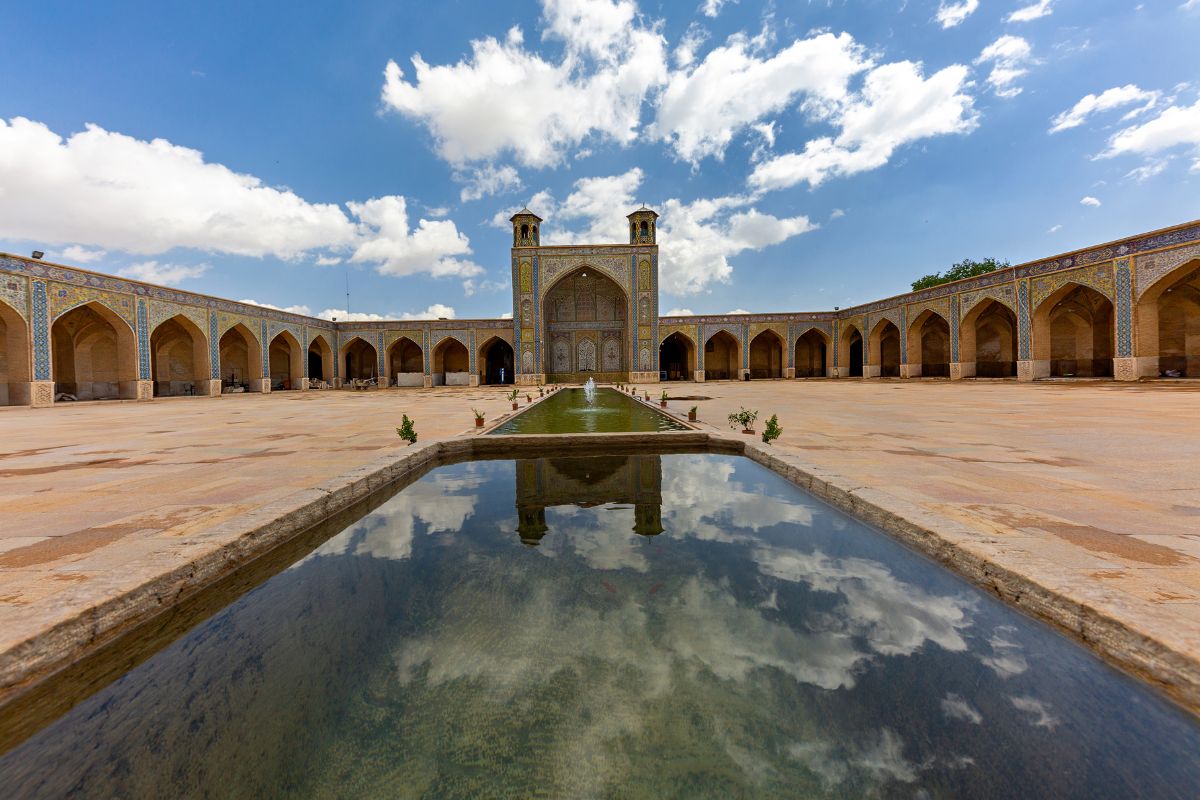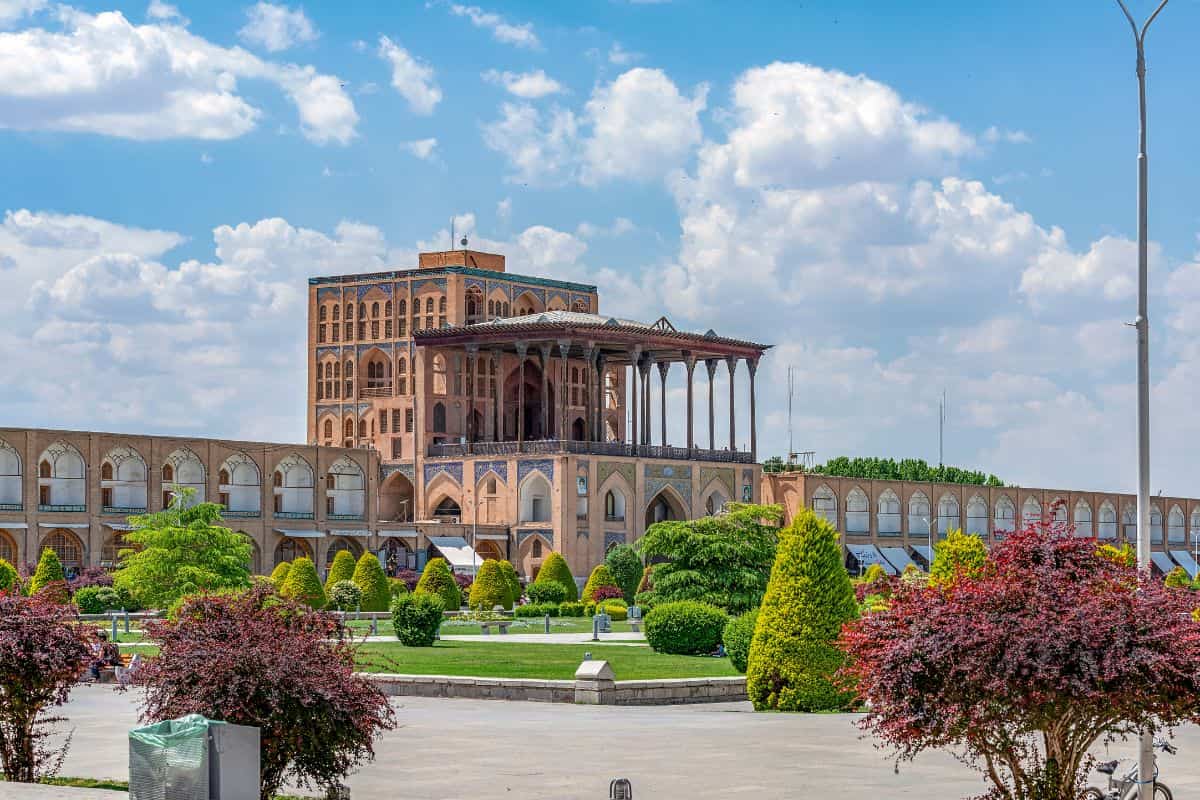The Iranian flag, also known as the flag of Iran, holds a significant place in the nation’s history and culture. With its vibrant colors and meaningful symbolism, it represents the Iranian identity and heritage. In this article, we will delve into the intriguing aspects of the Iran flag, its design, historical background, and the symbolism behind its elements.
The Iran flag features three horizontal bands - green, white, and red. The green band represents growth, happiness, and the Islamic religion. The white band symbolizes freedom, peace, and purity. The red band signifies bravery, courage, and martyrdom. In the center of the white band, there is a red emblem known as the "Allah" symbol, which represents the nation's faith in Islam.
Iran Flag: Colors and Symbolism
- The flag of Iran features three horizontal bands: green, white, and red.
- The green band represents growth, happiness, and the Islamic religion.
- The white band symbolizes freedom, peace, and purity.
- The red band signifies bravery, courage, and martyrdom.
- The red emblem in the center represents the nation’s faith in Islam.
Flag of Iran
The flag stands as a powerful symbol that encapsulates the cultural significance and spirit of the nation. Its design consists of three horizontal bands – green, white, and red. The green band represents growth, happiness, and the Islamic religion. The white band symbolizes freedom, peace, and purity. The red band signifies bravery, courage, and martyrdom. In the center of the white band, there is a red emblem known as the “Allah” symbol, representing the nation’s faith in Islam.
The history of the flag is intertwined with Iran’s rich heritage and religious identity. Adopted on July 29, 1980, after the Iranian Revolution, the flag represents the unity, independence, and Islamic principles of the Iranian people.
Beyond its aesthetics, the flag from Iran carries deep symbolic meanings. The green color represents growth, happiness, and the Islamic religion, reflecting the nation’s religious identity and association with Islam. The white color symbolizes freedom, peace, and purity, emphasizing Iran’s aspirations for a peaceful and harmonious society. The red color signifies bravery, courage, and martyrdom, highlighting the nation’s history of resilience and sacrifice. The red emblem in the center, known as the “Allah” symbol, represents the nation’s faith in Islam, serving as a reminder of the religious foundation of Iranian culture.
National Flag Etiquette and Protocol
Respecting the proper usage and display of the Iranian flag is of utmost importance. Understanding flag etiquette is essential, especially during national events and ceremonies. Learn about the protocols governing the handling, hoisting, and lowering of the flag. Discover the appropriate procedures for retiring or handling damaged flags, ensuring they are accorded the respect they deserve.
- Proper Handling: The Iranian flag should be handled with care and respect, ensuring it is not allowed to touch the ground or floor. It should be held upright and not dragged.
- Hoisting and Lowering: When hoisting the flag, it should be raised briskly and lowered ceremoniously. It is customary to hoist the flag at sunrise and lower it at sunset, although this may vary depending on the occasion or specific guidelines.
- Displaying the Flag: The Iranian flag should be displayed with the green band on the top. It should be flown freely and not entangled or obstructed.
- Half-Staff: Lowering the flag to half-staff is a gesture of mourning or respect. This should be done on specific days of remembrance or when directed by authorities to honor national tragedies or the passing of significant figures.
- Flag Retirement: When an Iranian flag becomes damaged, torn, or worn out, it should be retired in a dignified manner. This can involve burning it in a respectful and solemn ceremony, following appropriate guidelines and local regulations.
- Flag Size and Placement: The size of the Iranian flag displayed should be proportionate to the size of the flagpole or display area. It is recommended to consult local guidelines or authorities for specific rules regarding flag size and placement.
- Respectful Disposal: If a flag cannot be retired through burning, it should be disposed of in a respectful manner. This can involve burying it or handing it over to authorized organizations that specialize in flag disposal.
Interesting Facts and Trivia
Embark on a journey of fascinating facts and lesser-known trivia about the Iranian flag. Discover unique features within the flag’s design that hold hidden symbolism. Uncover stories of famous incidents or events involving the flag that have left an indelible mark on the nation’s history and identity.
Rich Tapestry of History
- 1980: The current flag of Iran is adopted on July 29, symbolizing the unity, independence, and Islamic principles of the Iranian people.
- Colors and Symbolism: The green band represents growth, happiness, and the Islamic religion. The white band symbolizes freedom, peace, and purity. The red band signifies bravery, courage, and martyrdom. The red emblem represents the nation’s faith in Islam.
- National Identity: The flag embodies Iran’s rich history, cultural heritage, and the nation’s religious and cultural values.
These historical facts highlight significant moments in the history of the Iranian flag, showcasing its role in shaping Iran’s national identity and symbolizing its religious and cultural heritage.
Flag Related Symbols and Emblems
A flag is not alone in representing the nation’s identity. Explore additional national symbols and emblems closely associated with Iran, understanding their significance and how they relate to the flag. Delve into their historical and cultural roots, further enriching your understanding of the country’s heritage. It is very easy to take an Iran tour and visit its most famous destinations.
Symbolisms of the Iran Flag
The flag of Iran holds several symbolic elements that represent the nation’s history, values, and aspirations. Here are the symbolisms of the Iran flag presented in itemized form:
- Green Color: Symbolizes growth, happiness, and the Islamic religion, reflecting Iran’s religious identity and association with Islam.
- White Color: Represents freedom, peace, and purity, emphasizing Iran’s aspirations for a peaceful and harmonious society.
- Red Color: Signifies bravery, courage, and martyrdom, highlighting Iran’s history of resilience and sacrifice.
- Red Emblem: Known as the “Allah” symbol, it represents the nation’s faith in Islam, serving as a reminder of the religious foundation of Iranian culture.
- Flag’s Design: Reflects Iran’s cultural and religious identity, emphasizing the importance of Islamic principles and unity.
- National Identity: The flag serves as a powerful symbol that unifies the Iranian people, reminding them of their shared heritage and cultural identity.
- National Aspirations: Through its design and elements, the flag embodies the aspirations and values of the Iranian nation, including faith, freedom, and bravery.
These symbolisms in the flag contribute to the country’s sense of identity and pride, reflecting its historical journey and cultural significance.
Flags of Similar Countries or Regions
Examining the flags of neighboring countries or regions can provide intriguing insights. Compare and contrast the flags, exploring similarities in design, colors, or symbolism. Uncover historical and cultural connections between flags, shedding light on shared influences or distinctive identities.
Iranian Flag vs Saudi Arabian Flag
Similarity: Both flags feature a green field.
Difference: The Saudi Arabian flag includes a white sword and the Shahada (Islamic declaration of faith) in Arabic text.
Iranian Flag vs Turkish Flag
Similarity: Both flags feature a red field.
Difference: The Turkish flag includes a white star and crescent on the hoist side.
Iranian Flag vs Afghan Flag
Similarity: Both flags feature vertical tricolors of black, red, and green.
Difference: The Afghan flag includes a national emblem in the center.
Iranian Flag vs Iraqi Flag
Similarity: Both flags feature vertical tricolors of red, white, and black.
Difference: The Iraqi flag includes a Takbir (Islamic expression) in green and a red star in the center.
Iranian Flag vs Pakistani Flag
Similarity: Both flags feature a green field.
Difference: The Pakistani flag includes a white vertical stripe on the hoist side and a white crescent and star symbol.
Iranian Flag vs Egyptian Flag
Similarity: Both flags feature a red field.
Difference: The Egyptian flag includes a white eagle on the hoist side and three horizontal bands in the colors of red, white, and black.
Iranian Flag vs Jordanian Flag
Similarity: Both flags feature a red field.
Difference: The Jordanian flag includes a white seven-pointed star in the hoist-side triangle and a broad black stripe on the fly side.
Iranian Flag vs Palestinian Flag
Similarity: Both flags feature a red field.
Difference: The Palestinian flag includes a black, white, and green tricolor with a red triangle on the hoist side containing a white seven-pointed star.
Frequently Asked Questions (FAQs)
Discover answers to common questions related to the Iran flag picture. From its historical origins to the symbolism behind its elements, find concise and informative responses that address inquiries commonly posed by those curious about Iran’s flag.
What are the colors and symbols on the flag of Iran?
The flag of Iran consists of three horizontal bands of green, white, and red. In the center, there is a red emblem known as the “Allah” symbol, which is an inscription of the word “Allah” in stylized Arabic script.
What does the green color on the Iranian flag represent?
The green color symbolizes Islam, nature, growth, and fertility, reflecting the importance of religion and the country’s natural landscapes.
What does the white color on the Iranian flag signify?
The white color represents peace, purity, and the spirit of martyrdom, reflecting Iran’s commitment to peaceful coexistence and the sacrifices made during its history.
What does the red color on the Iranian flag symbolize?
The red color represents bravery, courage, and valor, serving as a reminder of the sacrifices made by Iranians in defense of their nation.
Is there any historical significance behind the design of the Iranian flag?
Yes, the current design of the flag was adopted in 1980 after the Islamic Revolution, replacing the previous flag. The colors and emblem reflect the values and ideals of the Islamic Republic of Iran.
Is the emblem on the Iranian flag associated with a specific religion?
Yes, the emblem on the Iranian flag is derived from Islamic calligraphy and represents the importance of Islam as the dominant religion in Iran.
Are there any guidelines for the respectful handling of the Iranian flag?
Yes, the flag should be treated with respect and dignity. It should not be allowed to touch the ground, and when displayed, it should be hoisted and lowered ceremoniously.
Can the Iranian flag be flown at half-staff?
Yes, the flag can be flown at half-staff as a sign of mourning or to commemorate national tragedies or the passing of significant figures, as directed by authorities.
Does the Iranian flag have any similarities to other flags in the region?
The color combination of green, white, and red is shared by a few other flags in the region, representing the common historical and cultural ties among certain nations.
What does the Iranian flag symbolize for the Iranian people?
The flag represents the pride, unity, and cultural identity of the Iranian people, reflecting their religious beliefs, bravery, and the sacrifices made for their country’s independence and values.

